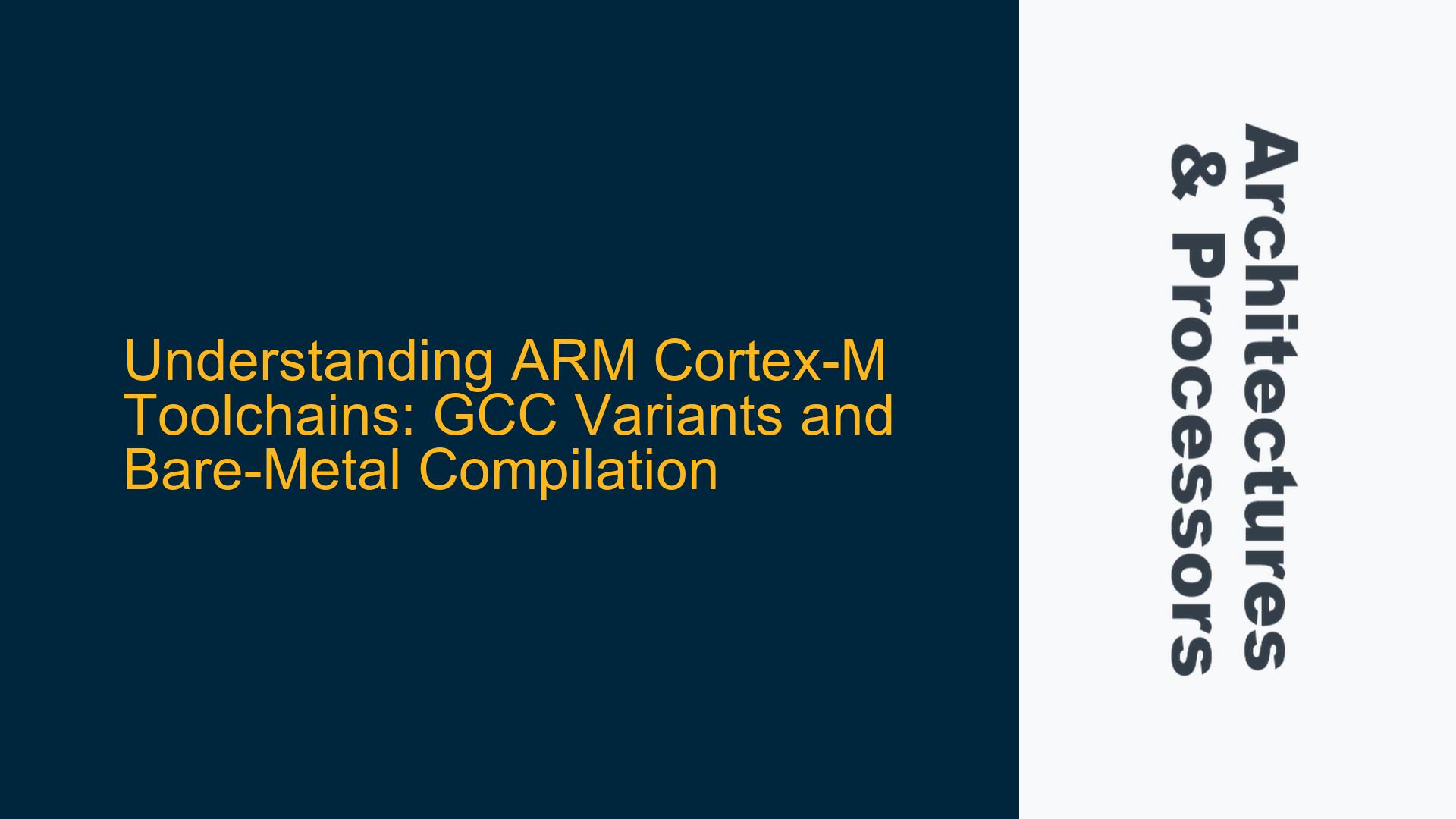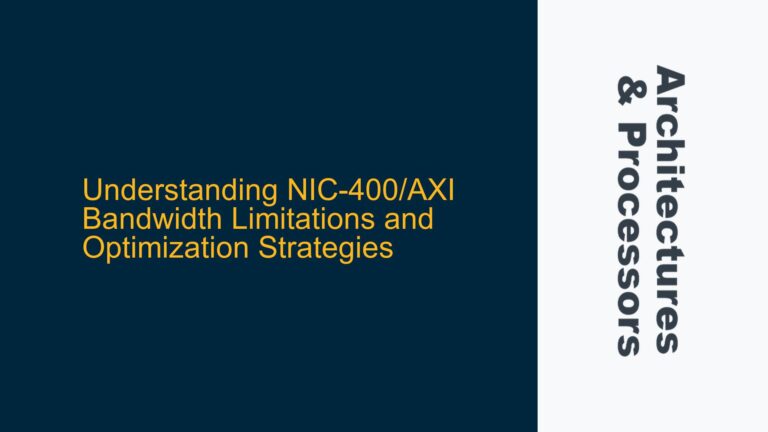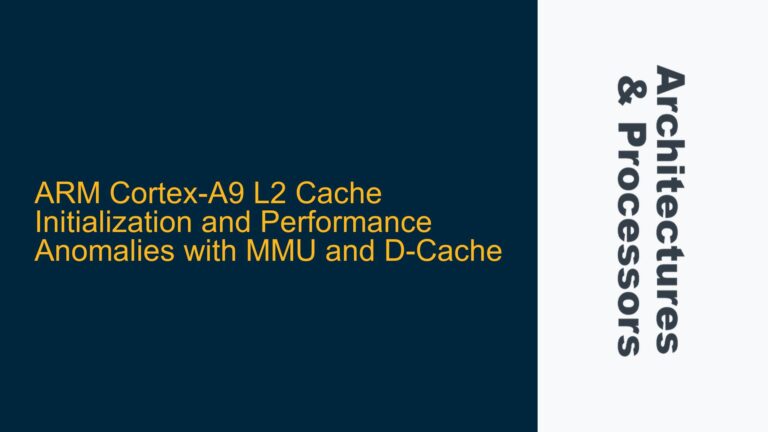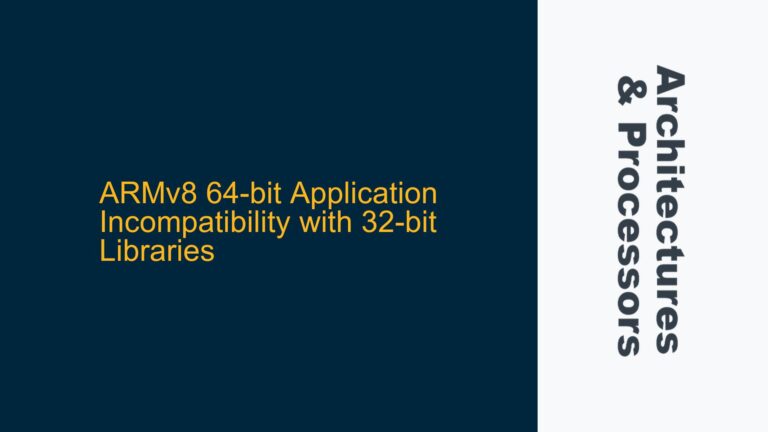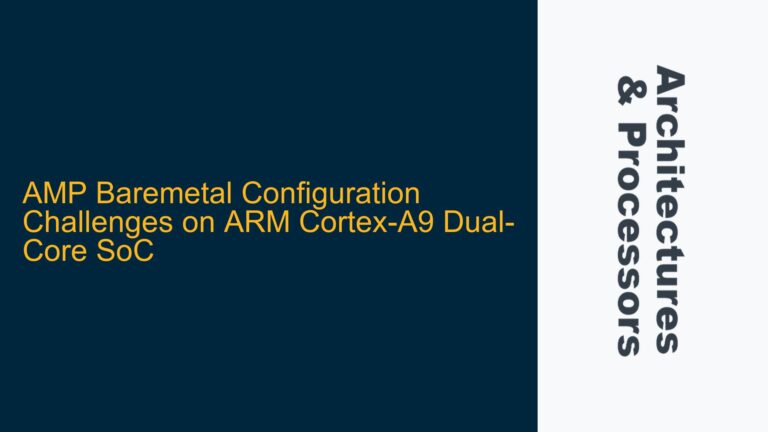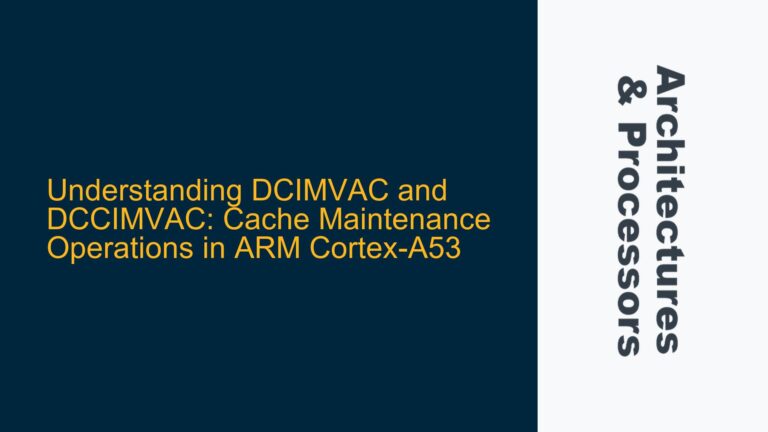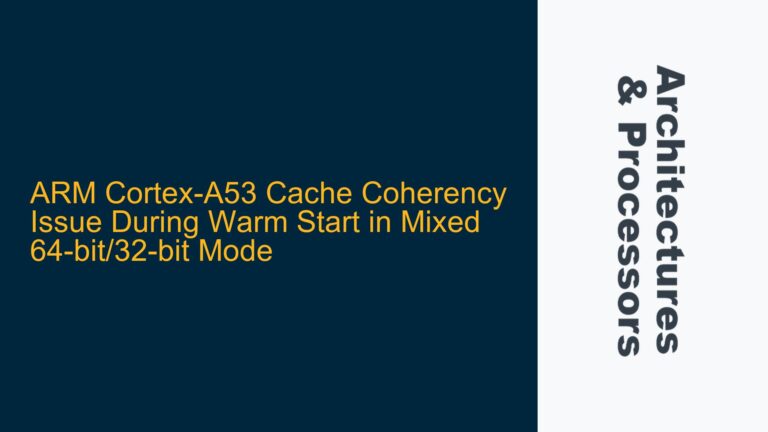ARM Cortex-M Toolchain Confusion: GNU-ARM-GCC vs. ARM-None-EABI-GCC
The ARM Cortex-M series of microcontrollers is widely used in embedded systems due to its efficiency, low power consumption, and robust performance. However, one of the most common sources of confusion for developers new to the ARM ecosystem is the variety of toolchains available for compiling and debugging firmware. Specifically, the differences between gnu-arm-gcc and arm-none-eabi-gcc are often misunderstood, leading to potential issues in project setup and compilation. This post aims to clarify these toolchains, their naming conventions, and their appropriate use cases for ARM Cortex-M processors, such as the STM32 family.
Toolchain Naming Conventions and Their Implications
The naming convention for GCC-based toolchains follows a specific pattern: arch[-vendor][-os]-abi. This convention provides critical information about the toolchain’s target architecture, vendor specificity, operating system, and application binary interface (ABI). Understanding this naming convention is essential for selecting the correct toolchain for your project.
The gnu-arm-gcc toolchain is often an older or custom spin-off of the GNU Compiler Collection (GCC) tailored for ARM architectures. It typically targets bare-metal systems, meaning it does not assume the presence of an operating system. However, the naming gnu-arm-gcc is not standardized and can lead to confusion, as it does not explicitly indicate the ABI or vendor specificity.
On the other hand, arm-none-eabi-gcc is a more standardized and widely used toolchain. The name breaks down as follows:
arm: The target architecture is ARM.none: There is no specific vendor; the toolchain is generic.eabi: The Embedded Application Binary Interface (EABI) is used, which is optimized for embedded systems.
The arm-none-eabi-gcc toolchain is designed to compile code for any ARM Cortex-M target, including STM32 microcontrollers. It is independent of vendor-specific implementations, making it a versatile choice for developers working across different ARM-based platforms. However, while the toolchain itself is generic, the initialization code for specific microcontrollers, such as STM32, often requires vendor-provided or custom-written runtime initialization code. This includes setting up the memory layout, clock configuration, and peripheral initialization.
Bare-Metal Compilation and Vendor-Specific Initialization
When working with ARM Cortex-M microcontrollers, the concept of bare-metal compilation is crucial. Bare-metal refers to the absence of an operating system, meaning the firmware runs directly on the hardware. This approach is common in embedded systems, where resources are limited, and real-time performance is critical.
The arm-none-eabi-gcc toolchain is specifically designed for bare-metal compilation. It includes the necessary libraries and runtime support to handle low-level operations such as interrupt handling, memory management, and peripheral access. However, the toolchain does not provide vendor-specific initialization code. For example, when targeting an STM32 microcontroller, you will need to include STMicroelectronics’ provided startup files and linker scripts. These files configure the microcontroller’s memory map, initialize the clock tree, and set up the vector table for interrupt handling.
The absence of vendor-specific initialization in the arm-none-eabi-gcc toolchain means that developers must either rely on vendor-provided packages or write their own initialization code. This can be a source of confusion, especially for those new to ARM development. Vendor-provided packages, such as STM32CubeMX for STM32 microcontrollers, simplify this process by generating initialization code based on graphical configuration. However, understanding the underlying principles is essential for debugging and optimizing firmware.
Application Binary Interface (ABI) and Its Role in Toolchain Selection
The Application Binary Interface (ABI) defines how functions are called, how parameters are passed, and how return values are handled at the binary level. In the context of ARM Cortex-M microcontrollers, the Embedded Application Binary Interface (EABI) is used. The EABI is optimized for embedded systems, ensuring efficient use of resources and predictable behavior.
The arm-none-eabi-gcc toolchain adheres to the EABI, making it suitable for ARM Cortex-M development. The EABI ensures compatibility between different toolchains and libraries, allowing developers to mix and match components as needed. For example, you can compile your application code with arm-none-eabi-gcc and link it with a pre-compiled library provided by a vendor, as long as both adhere to the EABI.
Understanding the ABI is also important when debugging and analyzing assembly code. The ABI defines the calling convention, which determines how registers are used during function calls. This knowledge is invaluable when diagnosing issues related to stack corruption, parameter passing, or function return values.
Common Pitfalls and Best Practices in Toolchain Usage
One common pitfall when using ARM Cortex-M toolchains is the mismatch between the toolchain and the target microcontroller. For example, using a toolchain designed for ARMv7-A (application processors) instead of ARMv7-M (microcontrollers) can lead to compilation errors or runtime issues. The arm-none-eabi-gcc toolchain is specifically designed for ARMv7-M and ARMv8-M architectures, making it the correct choice for Cortex-M microcontrollers.
Another common issue is the improper handling of the microcontroller’s memory layout. The linker script, which defines the memory regions and their attributes, must match the target microcontroller’s memory map. Incorrect linker scripts can result in firmware that fails to boot or exhibits erratic behavior. Vendor-provided linker scripts are a good starting point, but they may need to be customized for specific applications.
Best practices for using ARM Cortex-M toolchains include:
- Always verify that the toolchain matches the target architecture (e.g., ARMv7-M for Cortex-M3).
- Use vendor-provided initialization code as a starting point, but understand its implementation to enable customization and debugging.
- Regularly update the toolchain to benefit from the latest optimizations and bug fixes.
- Validate the linker script against the microcontroller’s memory map and adjust it as needed for your application.
Debugging and Optimization Techniques for ARM Cortex-M Firmware
Debugging ARM Cortex-M firmware requires a deep understanding of the microcontroller’s architecture and the toolchain’s output. Techniques such as single-stepping through assembly code, inspecting register values, and analyzing the call stack are essential for diagnosing issues. The arm-none-eabi-gcc toolchain includes utilities such as objdump and nm that can be used to analyze the compiled firmware and identify potential issues.
Optimizing ARM Cortex-M firmware involves balancing performance, power consumption, and code size. The arm-none-eabi-gcc toolchain provides various optimization flags, such as -O1, -O2, and -Os, which control the level of optimization. Understanding the trade-offs between these flags is crucial for achieving the desired performance characteristics. For example, -Os optimizes for code size, which is important in resource-constrained environments, while -O2 optimizes for performance at the cost of increased code size.
In addition to compiler optimizations, developers can leverage hardware features such as the Cortex-M’s Memory Protection Unit (MPU) and Floating-Point Unit (FPU) to enhance performance and security. Proper configuration of these features requires a thorough understanding of the microcontroller’s architecture and the toolchain’s capabilities.
Conclusion
Selecting and using the correct toolchain is a critical step in developing firmware for ARM Cortex-M microcontrollers. The arm-none-eabi-gcc toolchain, with its adherence to the EABI and support for bare-metal compilation, is the preferred choice for most ARM Cortex-M projects. However, developers must be aware of the need for vendor-specific initialization code and the importance of understanding the microcontroller’s memory layout and architecture.
By following best practices and leveraging the tools and techniques discussed in this post, developers can avoid common pitfalls and create efficient, reliable firmware for ARM Cortex-M microcontrollers. Whether you are working on an STM32 project or another ARM Cortex-M-based system, a solid understanding of the toolchain and its implications will significantly enhance your development process.
